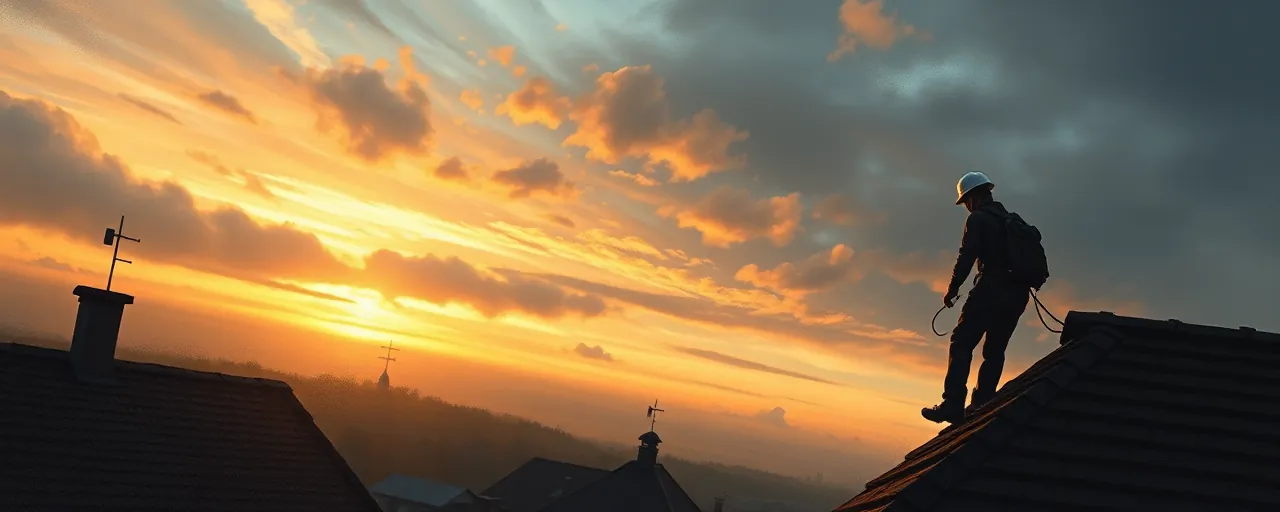A Costly Oversight in Appleton
In September 2024, a roofing job in Appleton, Wisconsin, turned costly for contractor Bacilio Rios Almanza. The U.S. Department of Labor’s Occupational Safety and Health Administration (OSHA) cited Almanza for failing to protect workers from deadly falls, proposing penalties totaling $262,174. The violations included not providing fall protection gear, neglecting worker training, and ignoring hard hat requirements. For Almanza, this wasn’t a first offense; OSHA has inspected his sites 10 times, often finding similar issues.
The case highlights a persistent challenge in construction: ensuring worker safety while managing operational demands. Falls account for roughly one in three construction deaths, making them the industry’s leading killer. As regulators push for stricter compliance, businesses, especially smaller ones, grapple with the costs and complexities of meeting safety standards. The Appleton incident raises broader questions about how to protect workers without stifling firms that build homes and communities.
The Stakes of Fall Prevention
OSHA’s focus on fall prevention stems from grim realities. Between 2014 and 2021, falls caused 32% of construction fatalities, a figure that hasn’t budged much despite decades of regulation. The agency’s National Emphasis Program, launched in 2023, targets high-risk sectors like roofing with inspections and training. Updated 2025 guidelines mandate guardrails, safety nets, or personal fall arrest systems on sites where workers face drops of six feet or more. Training is now non-negotiable, covering everything from spotting hazards to maintaining gear.
Yet compliance varies widely. Larger firms often have resources to invest in safety systems, while smaller contractors, like Almanza’s outfit, face tighter budgets. Worker advocates argue that consistent enforcement saves lives, pointing to data showing that thorough hazard assessments cut fall risks significantly. On the other hand, some business owners say the rules can feel overwhelming, especially when penalties hit hard and fast. The tension underscores a divide: safety is paramount, but so is keeping small firms afloat.
Small Businesses Under Scrutiny
Small businesses bear the brunt of OSHA’s enforcement. Firms with fewer than 10 employees make up nearly half of all inspections, and they pay 77% of fines across industries. In 2024, OSHA issued $381.2 million in penalties, with residential construction a key target due to its high rate of fall-related incidents. For 2025, fines for serious violations climbed to $16,550 per incident, while willful or repeated ones, like Almanza’s, can hit $165,514. For a small contractor, these sums can threaten survival.
Repeated violations, as seen in Almanza’s case, amplify the stakes. Beyond fines, firms face reputational damage and heightened oversight, sometimes landing in programs that mandate corporate-wide compliance fixes. Safety consultants stress that proactive steps, like regular audits and worker training, can prevent such outcomes. Still, the path isn’t always clear for businesses juggling slim margins and complex regulations, prompting calls for more support, like subsidized training or clearer guidelines.
Looking Ahead
The Appleton case reflects a broader push to make construction safer, but progress is uneven. OSHA’s efforts, from stricter PPE rules to heat stress protections, aim to address evolving risks. Annual campaigns like the Fall Protection Stand-Down raise awareness, and training programs have boosted worker know-how. Yet, nearly half of workers involved in fall incidents lacked proper protection, a gap that enforcement alone can’t close. Collaboration between regulators, employers, and workers seems critical to turning the tide.
For now, the debate continues over how to balance safety with economic realities. Workers deserve to go home unharmed, and businesses need room to operate without fear of crippling fines. Finding that equilibrium will shape the future of construction, one rooftop at a time. As cases like Almanza’s unfold, they serve as a reminder: safety isn’t just a rulebook, it’s a lifeline.
